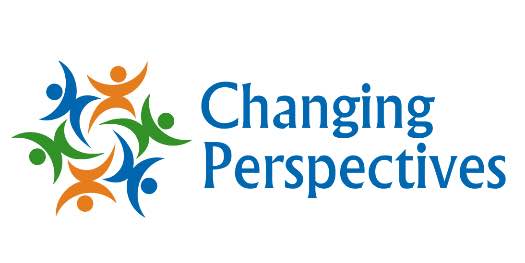Resource Library
Welcome to the Changing Perspectives Resource Library. This resource library is designed to provide educators with summaries and links to other publications and organizations for further reading about a range of topics related to social-emotional learning, differences, diversity, and education. Our hope is to curate resources that you can use for your own learning, share with colleagues and/or parents to support greater awareness, education and practical tools for improving student well-being.
Use the menu on the left to search resources by topic or audience (you may select more than one menu item at a time; search results will include resources that meet all your selected menu items). When selected, a menu item will be highlighted in blue. Click on a blue menu item to de-select it and remove it from your search criteria.
Resources on this page are updated monthly. If you know of a resource we should include, send it to us!
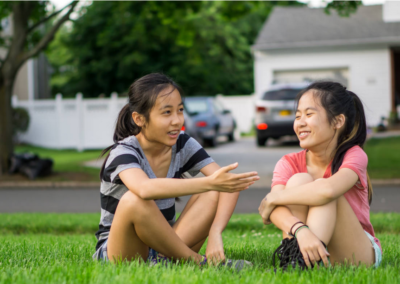
From KQED: “What will replace the old model? There are three important clues—three sets of data from emerging science—that point us in the direction of a radically new notion of learning.”
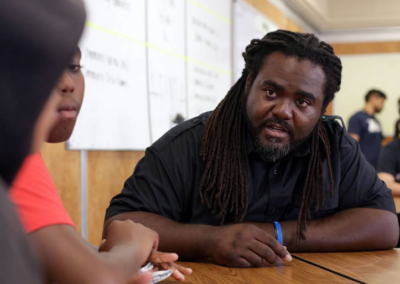
From KQED: “What I realized they needed was what I needed in high school. I needed a space to just be human.”

From KQED: “Educators say the heart of the job right now is getting students connected with school and keeping them that way — both technologically and emotionally.”
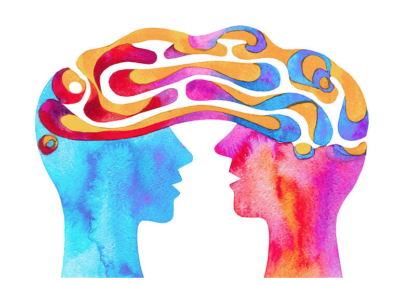
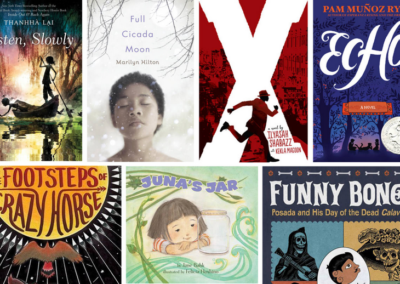
From KQED: “We want to make sure all the children and families in our diverse community can see themselves reflected in the books they borrow from the library.”
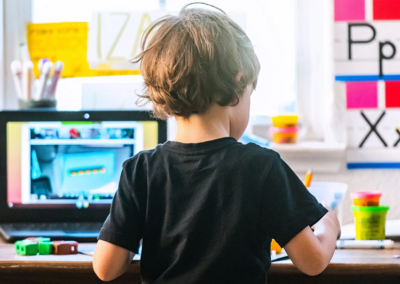
From Edutopia: “From scavenger hunts to obstacle courses to read-alouds, activities from the classroom can be adapted for learning from home.”
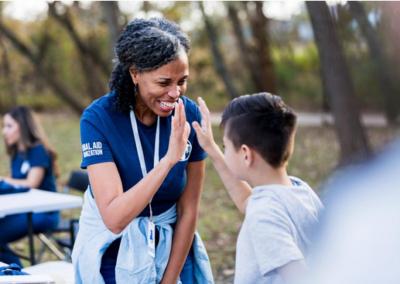
From Forbes: “The pandemic has caused trauma for people of all ages, including — and especially — our youth.”
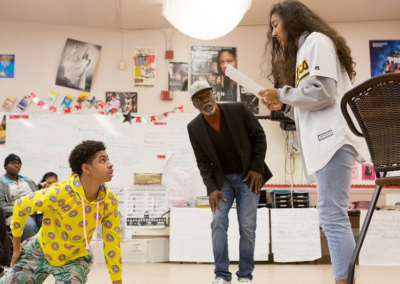
From Edutopia: “Skills that students develop in social and emotional learning are closely connected to standards in many academic subject.”
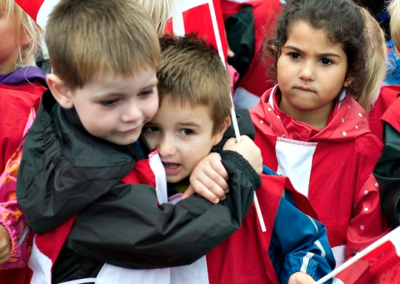
From The Atlantic: Students in Denmark learn empathy, problem-solving, self-control, and how to read facial expressions.
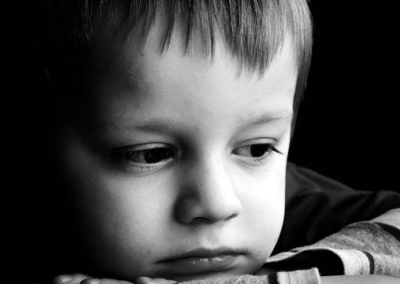
From K12dive.com: Students and staff return to school during and after the pandemic with collective trauma, higher anxiety levels and more stress.
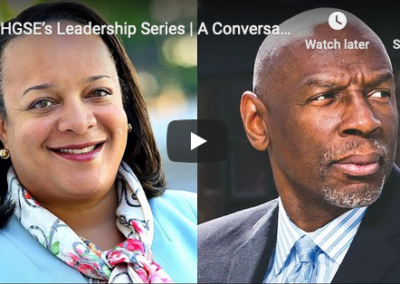
From Harvard Graduate School of Education: Geoffrey Canada describes a call to action for educators and a vision for what school might look like in the fall.

From KQED: “Trauma-informed teaching cannot be simplified to cookie-cutter practices,” but should include predictability, flexibility, connection, and empowerment.
